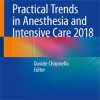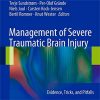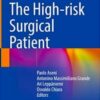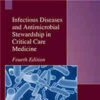Early or Delayed Cardioversion in Recent-Onset Atrial Fibrillation
nejm.orgIn patients presenting to the emergency department with recent-onset, symptomatic atrial fibrillation, a wait-and-see approach was noninferior to early cardioversion in achieving a return to sinus rhythm at 4 weeks. The presence of sinus rhythm at 4 weeks occurred in 193 of 212 patients (91%) in the delayed-cardioversion group and in 202 of 215 (94%) in the early-cardioversion group (between-group difference, −2.9 percentage points; 95% confidence interval [CI], −8.2 to 2.2; P=0.005 for noninferiority). In the delayed-cardioversion group, conversion to sinus rhythm within 48 hours occurred spontaneously in 150 of 218 patients (69%) and after delayed cardioversion in 61 patients (28%). In a multicenter, randomized, open-label, noninferiority trial, we randomly assigned patients with hemodynamically stable, recent-onset (<36 hours), symptomatic atrial fibrillation in the emergency department to be treated with a wait-and-see approach (delayed-cardioversion group) or early cardioversion. The wait-and-see approach involved initial treatment with rate-control medication only and delayed cardioversion if the atrial fibrillation did not resolve within 48 hours.

















